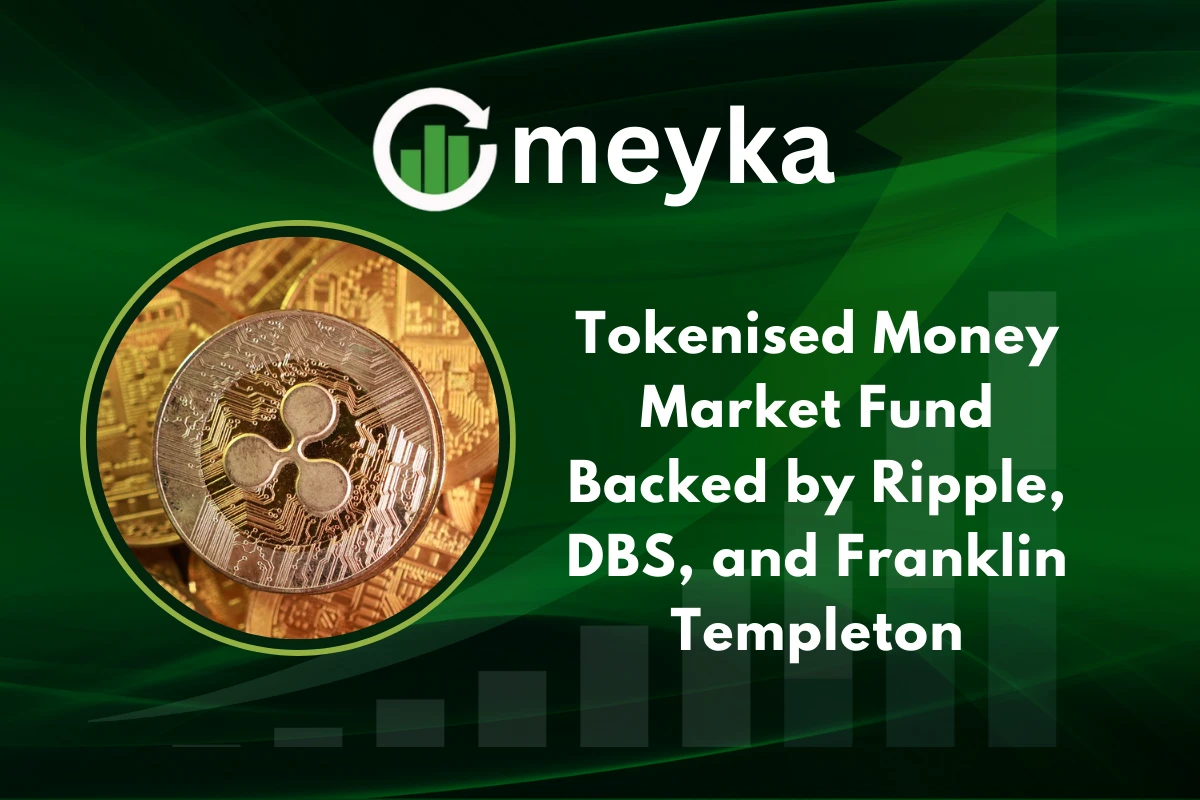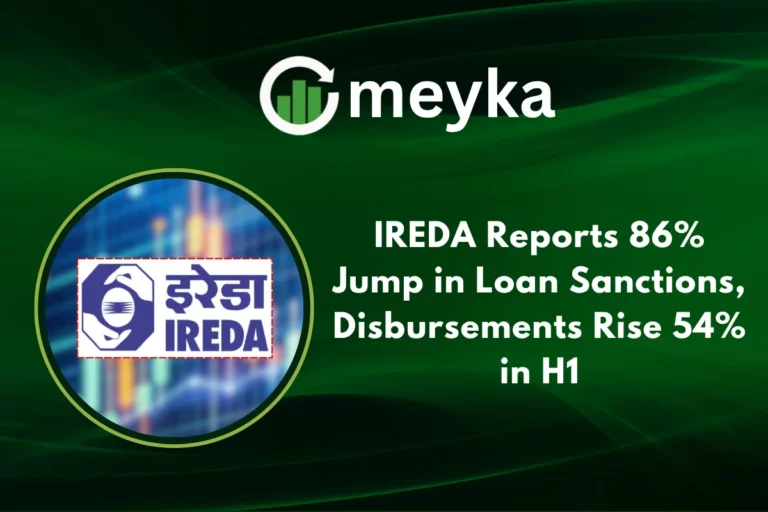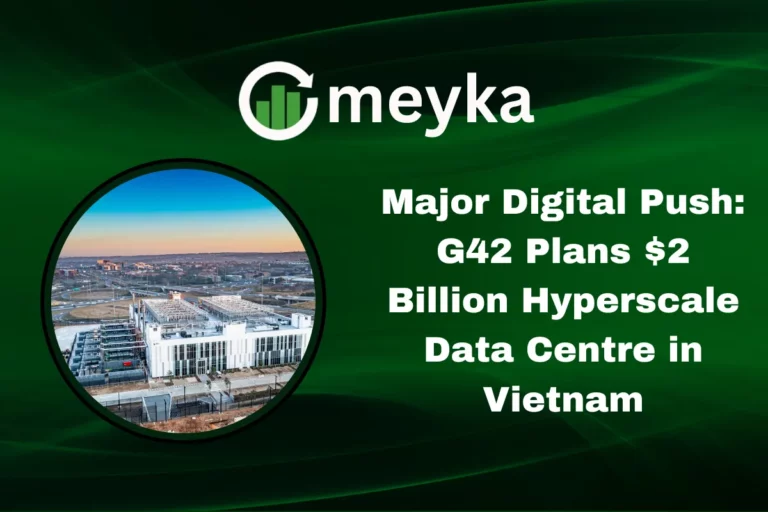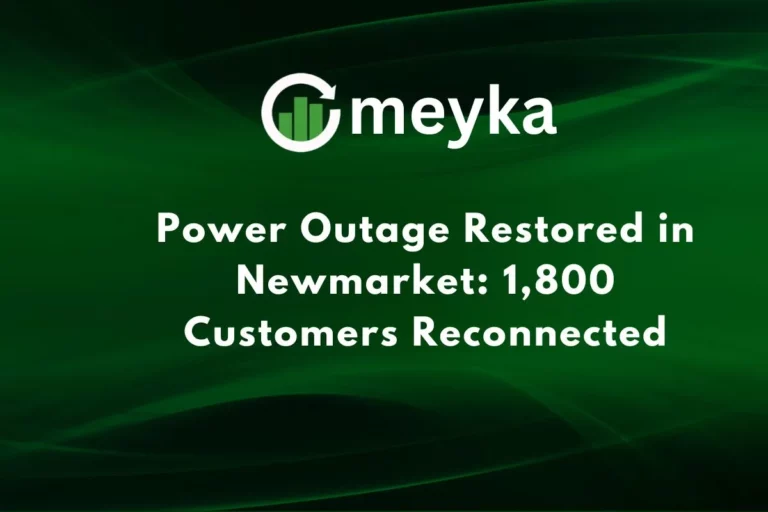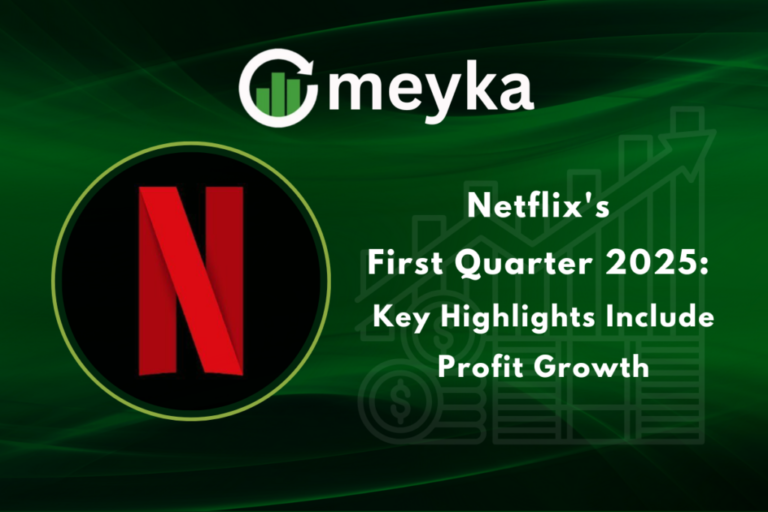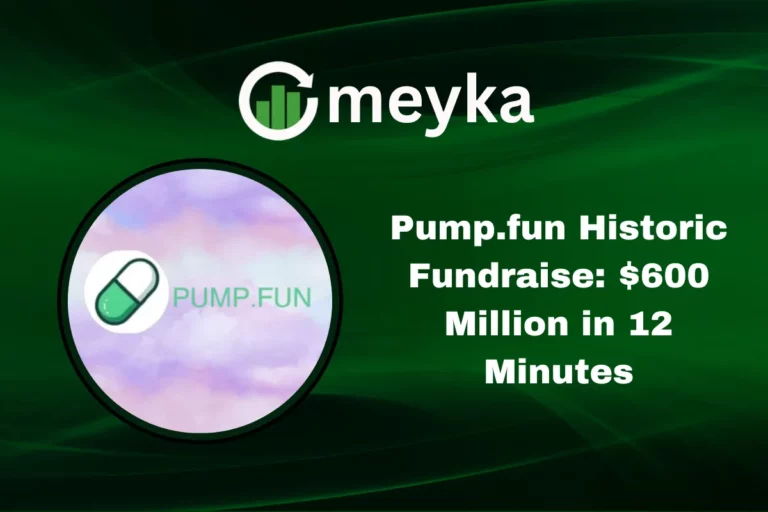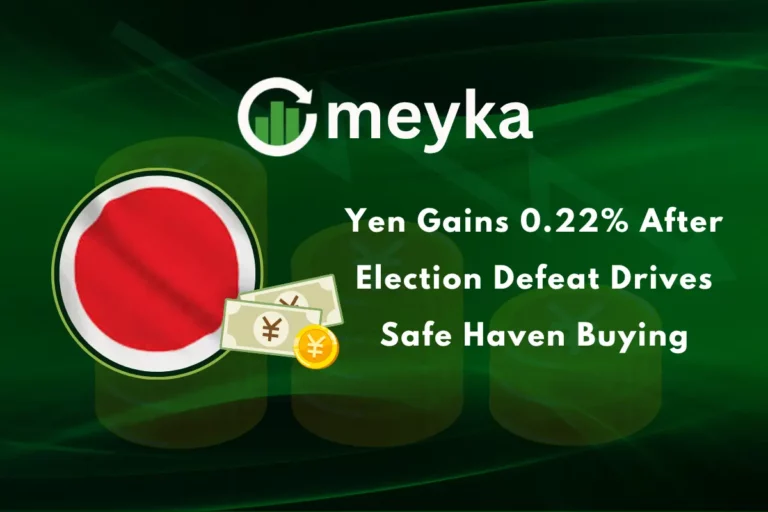Tokenised Money Market Fund Backed by Ripple, DBS, and Franklin Templeton
Tokenised Money Market finance took a big step forward with a new collaboration between Ripple, DBS, and Franklin Templeton. The agreement will let institutional investors trade and lend using a Franklin Templeton money market fund token, paired with Ripple’s RLUSD stablecoin.
This is a major moment for tokenisation, because it links traditional money market assets to blockchain rails that can settle fast and operate 24 7.
Tokenised Money Market: partnership overview
What happened? The three firms signed a memorandum of understanding to list Franklin Templeton’s tokenised U S dollar money market fund, called sgBENJI, on the DBS Digital Exchange.
DBS will also list Ripple’s RLUSD stablecoin, enabling accredited and institutional investors to swap between the two tokenised assets. The setup aims to let investors earn yield while managing liquidity in volatile markets.
Why is this collaboration important? It brings together a regulated bank, a global asset manager, and blockchain infrastructure. DBS provides the exchange and custody, Franklin Templeton supplies the money market expertise, and Ripple provides RLUSD and the XRP Ledger rails. That mix is designed to address both regulatory and operational needs for institutional adoption.
Tokenised Money Market: how RLUSD and sgBENJI work
How does tokenisation work here? Franklin Templeton will issue sgBENJI tokens on the XRP Ledger, each token representing a unit of the fund. Investors can acquire sgBENJI with RLUSD, and trade both on DBS Digital Exchange. In practice this allows near instant settlement between a stablecoin and a yield generating fund, rather than waiting for traditional bank settlement cycles.
What is RLUSD? RLUSD is Ripple’s U S dollar stablecoin, intended to act as a regulated, liquid medium of exchange onchain. Pairing RLUSD with a tokenised money market fund creates a closed loop where liquidity can move between cash like stablecoins and short term funds that generate yield. This arrangement can reduce friction for institutional traders.
Tokenised Money Market: DBS’s role in trading and lending
DBS will list sgBENJI and RLUSD on its digital exchange, and it plans to explore allowing sgBENJI tokens to be used as collateral for credit, either through bank run repo facilities or on third party platforms where DBS acts as custodian.
That means institutional clients could pledge tokenised fund units to borrow, improving liquidity for cash management and trading desks.
Why does that matter? Using tokenised money market units as collateral can speed up repo transactions, reduce settlement risk, and enable round the clock liquidity. For banks and asset managers, those improvements can cut funding costs and increase capital efficiency.
Ledger Insights and Finextra highlighted the potential for tokenised collateral to underpin repo markets onchain.
Tokenised Money Market: Franklin Templeton’s contribution
Franklin Templeton brings regulated money market fund infrastructure and compliance expertise. Tokenising a fund is not just a tech exercise, it requires legal wrappering, NAV management, and investor protections.
Franklin Templeton will issue sgBENJI as a tokenised representation of its Franklin Onchain U S Dollar Short Term Money Market Fund, preserving the fund’s regulation and oversight while enabling blockchain enabled use cases.
Tokenised Money Market: Q A on lending and collateral
How does tokenised money market lending work? Investors swap RLUSD for sgBENJI to earn yield. They can then pledge sgBENJI as collateral in repo or credit arrangements to borrow RLUSD or other liquidity.
These operations can be managed by the bank or via third party platforms, with DBS providing custody and settlement services.
Is this safe for institutions? Tokenisation adds speed and transparency, but it must sit on a compliant framework. The players involved are established institutions, which helps address regulatory and custody concerns.
Still, market participants will watch operational risk, governance of tokenised assets, and how jurisdictions treat onchain collateral.
Tokenised Money Market: industry coverage and social signals
Major outlets covered the announcement, including Reuters, CoinDesk, Cointelegraph, Ledger Insights, and Finextra, underlining the cross sector interest. Cointelegraph flagged the partnership as a key step in institutional onchain lending, and CoinDesk highlighted Franklin Templeton’s use of the XRP Ledger for the fund.
On social media, Cointelegraph posted the news, and industry commentators amplified it quickly.
A snapshot of social reaction included a Cointelegraph post noting the MOU, and commentary from independent accounts pointing to the potential for repo markets onchain. These tweets summarized the news and helped spread it among traders and onchain communities.
Tokenised Money Market: comparison with traditional funds
How does this differ from a normal money market fund? Traditional funds settle through bank rails and clearing houses, which can be slower and less flexible for intraday liquidity. Tokenised funds can move onchain instantly, and they can be programmatically used as collateral in DeFi style protocols or bank run repo trades.
That said, tokenised funds still rely on offchain fund management, NAV calculations, and regulatory oversight, which keeps them tied to the traditional financial system.
Wider implications for DeFi and global finance
This initiative bridges regulated finance and DeFi-like use cases. It could encourage institutional DeFi adoption by offering regulated assets as onchain collateral. For global investors, tokenised money market units trade 24/7, improving access to short term yield and enabling cross border liquidity operations without the friction of time zone bound banking.
The move may also accelerate the development of regulated on-chain repo markets and tokenised collateral ecosystems.
Tokenised Money Market: takeaways and next steps
- Practical rollout starts on DBS Digital Exchange, with sgBENJI and RLUSD listed for accredited and institutional investors.
- Collateral use is planned; DBS will explore repo and lending where sgBENJI serves as pledged collateral.
- Regulation and custody remain central; Franklin Templeton’s fund structure and DBS custody work aim to provide the guardrails institutions require.
Conclusion
The launch of a Tokenised Money Market fund backed by Ripple, DBS, and Franklin Templeton marks a practical step toward mainstreaming tokenised assets. It pairs regulated money market exposure with fast on-chain settlement and the liquidity of a stablecoin, creating new workflows for trading and lending.
If executed well, the initiative could reshape short-term funding markets, speed institutional access to tokenised liquidity, and push tokenisation from niche experiments into routine financial plumbing.
The market will now watch how custody, regulation and market demand align to make tokenised money market finance reliable at scale.
FAQ’S
A Tokenised Money Market turns traditional money market funds into blockchain tokens, allowing faster trading, settlement, and collateral use.
Ripple provides its RLUSD stablecoin and the XRP Ledger as infrastructure, enabling seamless transactions between stablecoins and tokenised funds.
DBS offers regulated trading and custody services, while Franklin Templeton brings expertise in money market funds and asset management.
Yes, tokenised units of money market funds can be pledged as collateral for lending and repo markets, improving liquidity and efficiency.
They provide 24/7 liquidity, faster settlement, and regulated exposure to money market yields, bridging traditional finance with blockchain innovation.
Disclaimer
This content is only for learning. It is not financial advice. Always check facts and do your own research before making financial decisions.
